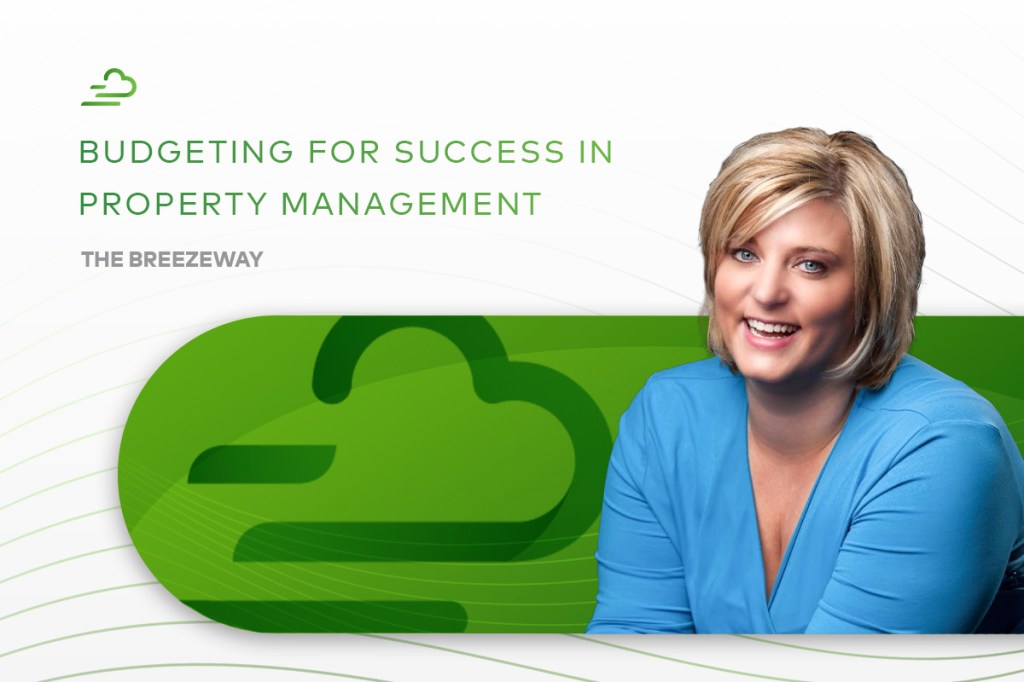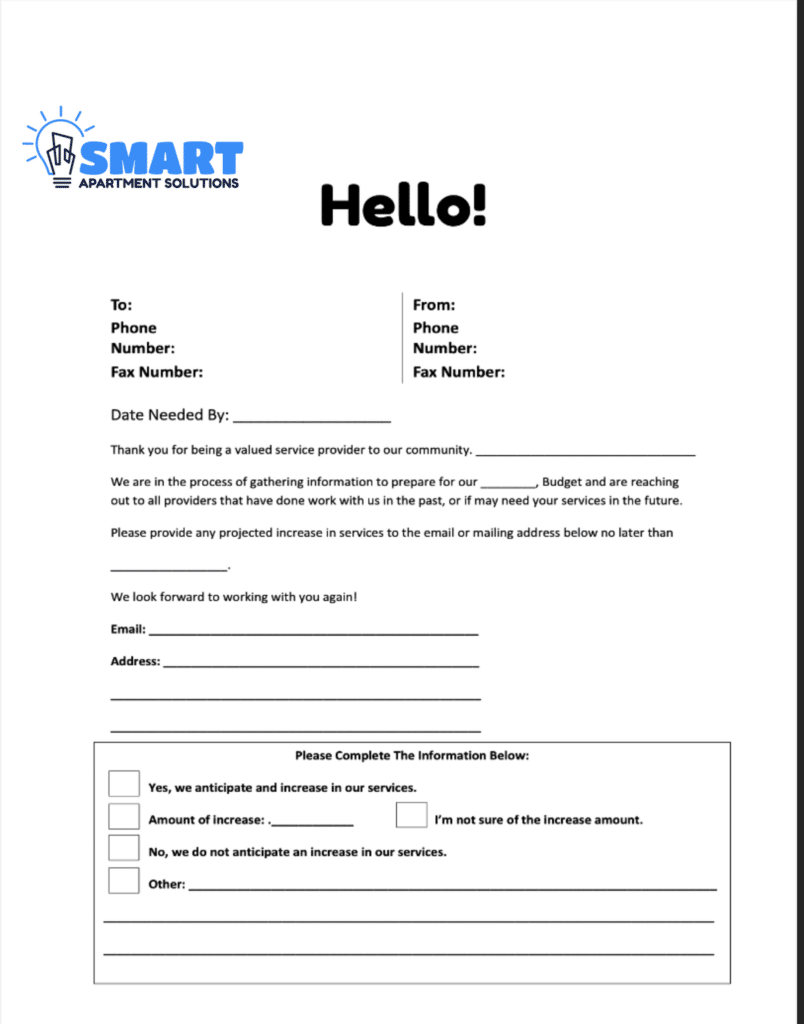
As a rental property manager, budgeting is a critical aspect of your responsibilities. The success of your property management activities hinges on your ability to create an effective annual budget that accounts for market factors, inflation, legislation and other variables. Simply copying and pasting last year’s budget won’t cut it. In this blog post, we’ll explore budgeting tips and strategies to help rental property managers prepare a comprehensive and forward-thinking budget for their properties.
1. Understanding the purpose of budgeting
A well-executed budget serves several purposes for property managers. It helps forecast rental income, property upkeep expenditures and business expenses, allowing you to set attainable financial goals for growth and investment. A budget also enables you to predict fluctuations and pivot towards profitability. By defining what success means for your property management activities, you can align your budget with your overall objectives.
2. Comprehensive budget basics for property managers
Budgeting for rental properties requires considering both day-to-day operations and long-term goals. The operating budget covers out-of-pocket expenses (OPEX) needed to maintain your properties, such as rent, maintenance, utilities, financial fees and insurance. On the other hand, the capital budget plans for future growth and investment, including funds for property acquisition, major maintenance and improvements.
3. Building the property management budget
Start by creating a budget planning schedule well in advance, including fixed internal deadlines for tasks. Consider changes in occupancy and engage with residents to understand their needs and preferences. Utilize work order data to predict equipment failures and assess staffing levels. Benchmark your operating expenses against competitor portfolios to identify areas for improvement and control costs. Stay ahead of resident trends by understanding their evolving needs and preferences, using technology to automate processes and compile data efficiently.
4. Presenting compelling reasons for budget items
Don’t shy away from requesting items that may seem out of reach initially. Back up your requests with compelling evidence of how these investments will improve operations, enhance resident satisfaction and lead to cost savings in the long run. Building a strong case for budget items can persuade property professionals and regional managers to approve your requests.
5. Budget for worst case staffing scenarios
The rental property management industry has been dealing with a 33% turnover rate, with thousands of dollars spent on recruitment, temporary staffing and placements year after year, yet few budget for vacancy in their team, or for the what-ifs.
What if we get lots of snow and fall behind on turns in the winter? Will this impact leasing and occupancy? What about during the summer when everyone wants to take vacation, but this is also when you happen to be turning more apartments? It is always better to plan and budget for the worst, and if you don’t end up needing the staff, great, but if you do, you budgeted for it.
Budgeting success in property management requires proactive planning, data analysis and a focus on aligning the budget with your property management objectives. By using historical data, engaging with residents and staying updated on industry trends, rental property managers can create budgets that drive growth, improve efficiency and ensure the long-term success of their properties. Remember, a budget is a guide, not a rigid plan, so stay flexible and adapt to changes as needed.
By implementing these budgeting tips and strategies, rental property managers can better navigate budgeting seasons, set achievable financial goals, and make informed decisions for their properties’ success.
Free supplier form
Here is a smart tool to help! We fax or email the form below to suppliers we are currently working with or planning on doing business with to see what their rates will be the following year or if they are anticipating a certain percentage increase to their current costs. We train our team to be on the lookout for completed forms, and we scan them to a folder in our drive. When it’s time to plug in numbers, we review the folder, and if we didn’t hear back, we automatically calculate an increase between 3% and 5%, usually depending on inflation.
Happy budgeting!




